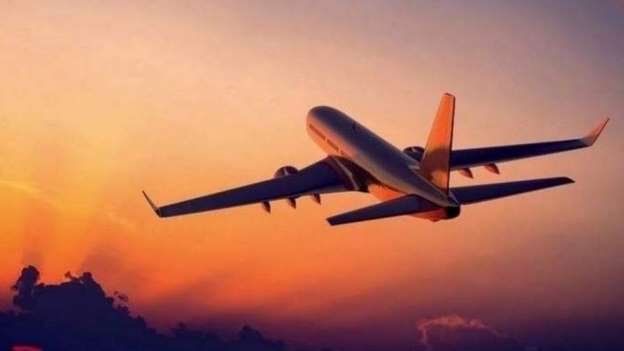limate change is having a greater impact on the jet stream than previously thought, according to a new study published in Nature.
Scientists at the University of Reading have discovered that the jet stream has become 15 per cent more sheared in the upper atmosphere over the North Atlantic since satellites began observing it in 1979.
Because wind shear generates turbulence, the new study provides the first observation-based evidence to support previous Reading research that human-induced climate change will make severe turbulence up to three times more common by 2050-80.
This means that airline passengers will have a much bumpier ride in future, if climate change continues unabated.
Vertical wind shear – the increase in wind speed at higher altitudes – causes invisible clear-air turbulence, which can be severe enough to throw aeroplane passengers out of their seats. It terrifies nervous fliers and injures hundreds of passengers and flight attendants every year.
The new study shows for the first time that, whilst the temperature difference between Earth’s poles and the equator is narrowing at ground level because of climate change, the opposite is happening at around 34,000 feet – a typical aeroplane cruising altitude.
The jet stream is driven by these temperature differences, and the strengthening trend at cruising altitudes is causing an increase in turbulence-driving wind shear, which had gone unnoticed until now.
Lead author Simon Lee, PhD student in Meteorology at the University of Reading, said: “Over the last four decades, temperatures have risen most rapidly over the Arctic, whilst in the stratosphere – around 12 km above the surface – they have cooled. This has created a tug-of-war effect, where surface temperature changes act to slow the jet down, while temperature changes higher up act to speed it up.
“Our study shows these opposing effects currently balance out, meaning the speed of the jet stream has not changed. However, we looked for the first time at the wind shear, where significant change has previously gone unnoticed. This strengthens previous projections for increased clear-air turbulence, as we can see an increase in one of the driving forces has happened already. This has serious implications for airlines, as passengers and crew would face a bigger risk of injury.
“Indications of a stronger jet stream in the future suggest the upper-level tug will eventually win out. This would also affect airlines by increasing flight times from Europe towards the US and speeding up flights the other way.”
Tens of thousands of planes encounter severe turbulence every year, with an estimated cost to the global aviation sector of up to a billion dollars annually, through flight delays, injuries to cabin crew and passengers, and structural damage to aircraft.
Professor Paul Williams from the University of Reading’s Department of Meteorology, who led the new study together with Dr Thomas Frame, was the first to link increased turbulence to climate change. He is currently working with aircraft engineers to make sure that the next generation of planes is fit for a warmer and bumpier airspace.







